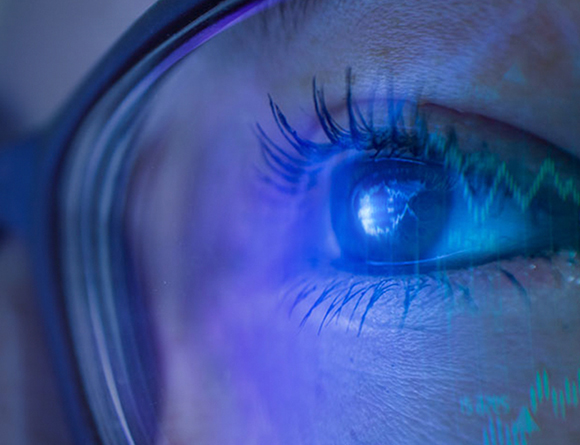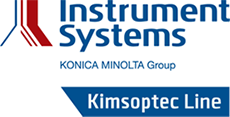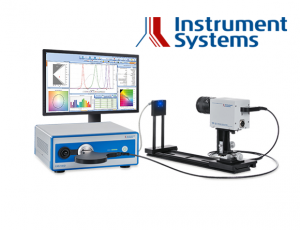Blue Light Hazard
Careful evaluation of blue light hazard in light sources

New standards for safe lighting
The fast-growing significance of state-of-the-art solid state lighting (SSL) light sources in the living and working environment raises important questions with regard to safety. These include photobiological safety, and in particular blue light hazard (BLH). Blue light can cause photochemical damage to the retina, and may result in degeneration of the macula.
The BLH weighting function covers the wavelength range between 300 and 700 nm, and has a maximum at 435–440 nm. In view of the striking blue peaks of white LEDs, the question of hazard from SSL light sources must be posed.

